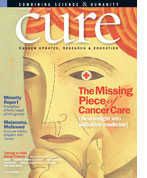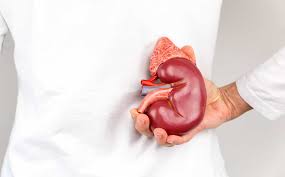Publication
Article
Exploring the Origin of Childhood Leukemia
Author(s):
Twins' blood may explain how childhood leukemia develops.
By examining the cells of identical twin sisters—one with childhood leukemia and the other without—scientists are trying to pinpoint how certain cells develop into leukemia, which may ultimately lead to better, more targeted therapies against the disease, according to research in a January issue of Science.
It’s known that the fusion of two genes, TEL and AML1, found in about 20 to 25 percent of childhood acute lymphoblastic leukemia (ALL) cases, is a very early—if not first—step in cancer development. While the fusion protein has been found at birth in children who later develop ALL, which suggests the alteration occurs in utero, it usually takes a series of other genetic mutations to jumpstart cancer, which explains why one identical twin develops leukemia and the other does not.
The new research involved examination of cells in the blood of identical twins Olivia, who was diagnosed at age 2 with ALL that contains the TEL-AML1 mutation, and Isabella, who is healthy. Although Isabella does not have cancer, scientists found a small number of pre-leukemia stem cells, some of which carried the TEL-AML1 mutation. After 18 months of observation, Isabella never developed ALL, leading researchers to hypothesize that her sister acquired additional mutations that led to her cancer.
Various studies have been conducted with ALL in twins, but this marks the first time researchers have been able to pinpoint when pre-leukemia stem cells develop into full-blown leukemia stem cells—resilient cancer cells that may linger after therapy. The authors of the Science paper hope their research leads to better drugs that specifically target pre-leukemia and leukemia stem cells.
The overall risk of leukemia for siblings of childhood leukemia patients is very low at two to four times the risk of the normal population. However, the risk is much higher for identical twins—if one twin develops leukemia, the other twin has about a 20 percent risk of developing leukemia. The risk is higher if the cancer develops in the first year of life.
Acute lymphoblastic leukemia, the most common type of childhood leukemia, is diagnosed in about 2,500 children annually in the United States, usually striking between the ages of 2 and 4. Due to treatment advances, the five-year survival rate has steadily increased to above 80 percent.


CAR-T Cell Therapy Receives FDA Designation in Kidney Cancer Subset



